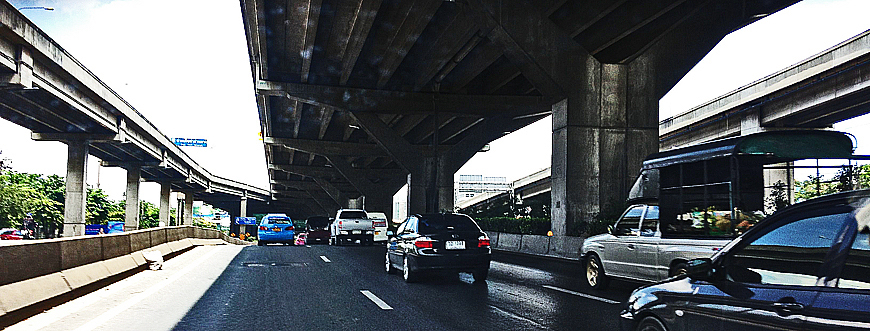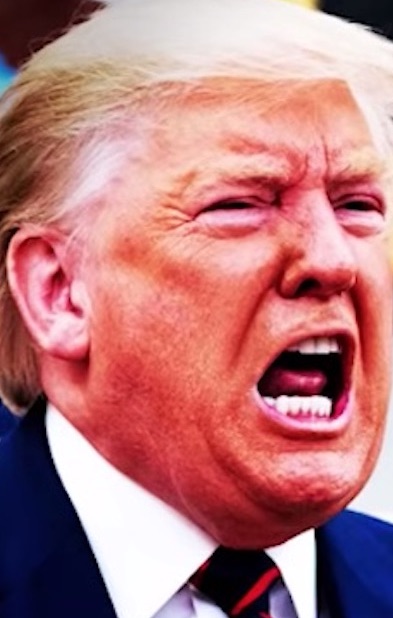 POSTCARD #184: Geneva, Switzerland, August 28, 2012: The number 9 bus drops me near a shopping mall coffee shop. Order something and open my book: ‘Satisfaction is a moment of relief from the pressure of wanting.’ That instant relief from the pressure of wanting comes with a thirst for more.
POSTCARD #184: Geneva, Switzerland, August 28, 2012: The number 9 bus drops me near a shopping mall coffee shop. Order something and open my book: ‘Satisfaction is a moment of relief from the pressure of wanting.’ That instant relief from the pressure of wanting comes with a thirst for more.
Just then, a little bird appears at the table; hops over, quite close to me, where there are crumbs scattered, looks at me with a flick of the head, picks up a crumb and flies away, whrrrt. Mall sparrows are incredible; evolved as these urban forms in an artificial environment that doesn’t really look like what it’s trying to be; high ceilings, glass roof, obviously ‘real’ foliage descending from stylized pillars made from polystyrene, surfaced with a resin that makes it look like marble – a hybrid reality form, an act, stage-set for a performance.
I go on reading and the bird comes back, picks up another big crumb and flies off, whrrrt. I can see it going up to the top of a pillar and now perched on the plastic leaves, then disappears in the foliage. Hmmm… a nest constructed from woven drinking straws, paper serviettes, fragments of cash till receipts, hidden in the simulated foliage up there? Generations of sparrows and other creatures have lived inside these places for years, long since lost the inclination to find the way out. The birds wouldn’t survive out there, they’ve adapted to conditions in here; proximity to table crumbs…
The small sparrow comes back to my table, takes another crumb, flies off again, whrrrt. The speed of the action… snatch, fly, eat. Feed the offspring and that’s how it evolved here. The dukkha of endless searching is not an issue for this bold little bird. It has everything it needs. I wait to see if it comes again, there are still crumbs, more than enough. But I don’t see it again, time for me to go. Across the road and the tram I need is arriving at the stop, traffic lights change just at the right time, I cross over and jump on. Light and easy, moving from one thing to the next. Not driven by wanting things to be how I’d like them to be and never quite getting enough. It’s got to do with the way you see it; the tram speeds up and glides along on smooth rails.
‘When desire does not shape the mind and limit it to thought, consciousness becomes translucent. Entering into the spaciousness of the original mind, we become the vastness itself. Inseparable from all else, at one with all that is.’ [Stephen and Ondrea Levine, ‘Who Dies’, chapter 4: ‘The Thirsty Mind’]
————————-










You must be logged in to post a comment.